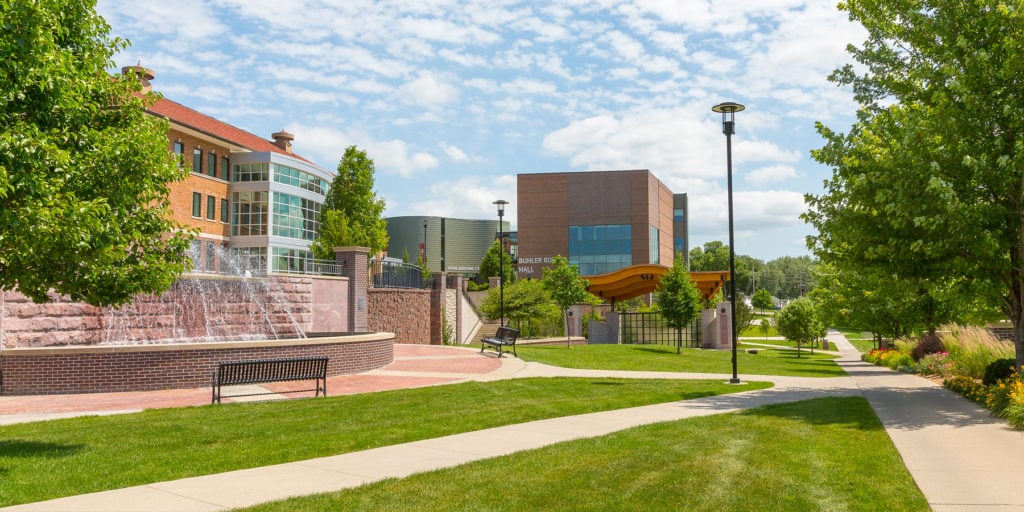How can you encourage your students to take the stairs instead of the elevator? Or to walk to class from the residence halls instead of driving? Active design may just be the answer you're looking for! Active design in architecture helps direct students toward healthier choices on campus. This is done by designing more welcoming and engaging walkways and stairs, locating outdoor social spaces along paths, and more. By making design choices such as these, you can finally start promoting high levels of student wellness on your college campus!
Active Design: What it is and what it isn’t
Before you can start incorporating active design into your college, you'll need to understand exactly what it means to do so. Active design is defined as any design element that promotes any of the three wellness categories. These categories include:
Social Well-Being.
Offering community spaces within high-traffic locations will encourage students to socialize with their peers.
Mental Health.
Designing beautiful walkways that wind through quiet outdoor areas gives students easy access to calm spaces where they can relax before and after classes.
Physical Health.
Incorporating indoor staircases and outdoor walkways that students actually want to use helps to encourage more physical activity on campus. One of the biggest issues facility planning teams face when attempting to integrate active design on their campus is that they often fail to incorporate these wellness concepts. For example, putting more staircases inside a building will make more physical activity an option, but unless your students have a meaningful reason to use these staircases, they’re more likely to choose the elevator out of convenience. How do you combat this?
Consider implementing a wide, central staircase at the front entrance to entice students to use the stairs. Or, build social lounges at the top of staircases that students can see from the ground floor. Features like these will help encourage students to stay active, while also supporting healthy social interaction.
Designing Healthier Outdoor Spaces
If you want to successfully design creative and healthy ways for your students to use outdoor spaces, consider the walkability of your campus and how students actually experience the property on foot. 
Ask yourself… do your sidewalks motivate students to take the quickest possible routes from building to building? How close are the parking lots to community centers and classrooms? Are there any outdoor activities that you can offer along these paths? Asking questions like these is the first step to creating a more active, healthier campus.
Incorporate Active Design on Your Campus
Effective active design creates an intentional framework that goes beyond just the physical spaces and promotes the types of behaviors that drive positive outcomes. To implement active design architecture at your college or university, it's vital that you understand how your students behave and move around campus. When you team up with experienced architects who understand both the tendencies of students and the nuances of active design, you can begin creating spaces that promote physical, social, and mental well-being on your campus. With effective active design, walking more on campus won’t feel like a chore for your students. It will become a part of their day that they actually look forward to and can create a unique experience inside your campus “walls.”







